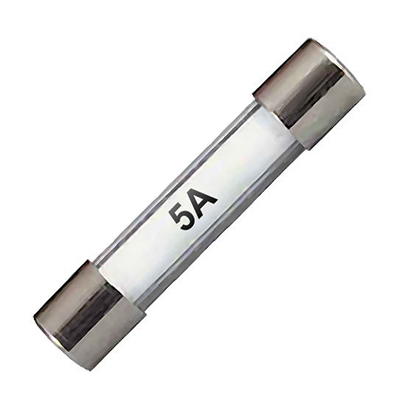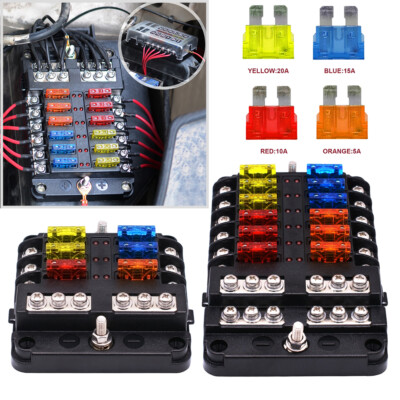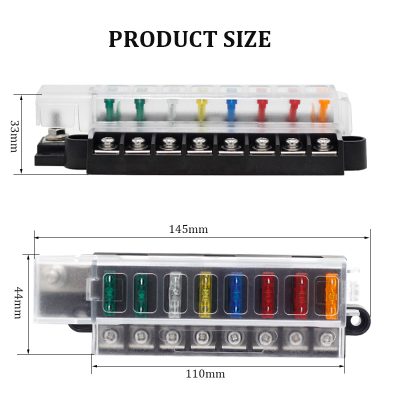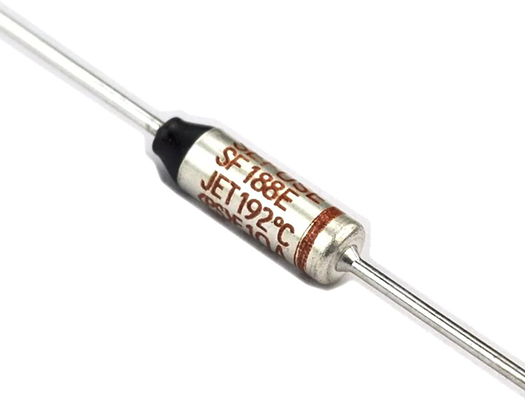Automotive Glass Fuses: Essential Safety Components in 12V Vehicle Electrical Circuits
News 2025-10-27
Automotive glass fuses play a crucial role in safeguarding 12V vehicle systems by protecting electrical circuits from overloads and short circuits. These fuses are widely used in cars, trucks, and other vehicles to prevent damage to wiring and components, ensuring reliable operation and safety. Made from glass tubes with metal end caps, they are designed to melt quickly when current exceeds safe levels, interrupting the flow and avoiding potential fires or equipment failure. In the context of 12V systems, which are standard in most automotive applications, glass fuses offer a cost-effective and efficient solution for circuit protection, making them a staple in vehicle manufacturing and maintenance.

Applications in 12V Vehicle Systems
In 12V vehicle systems, automotive glass fuses are applied in various scenarios to protect critical components. They are commonly found in lighting circuits, such as headlights and taillights, where they guard against voltage spikes that could cause bulb failure. Additionally, these fuses are used in audio systems, power windows, and accessory circuits to maintain system integrity. For instance, in modern vehicles with increasing electronic features, glass fuses help protect sensors and control modules from current surges. Their compact size allows for easy integration into fuse boxes, making them ideal for space-constrained automotive environments, and they support the reliable performance of 12V batteries and alternators by preventing cascading failures.
Key Performance Advantages
Automotive glass fuses excel in 12V systems due to their fast-acting response and high reliability under demanding conditions. They provide precise current protection with minimal resistance, ensuring that circuits operate efficiently without unnecessary voltage drops. One major advantage is their transparency, which allows for easy visual inspection of the fuse element to quickly identify if it has blown, reducing diagnostic time during repairs. Furthermore, these fuses are resistant to vibration and temperature fluctuations common in vehicles, offering consistent performance across a wide range of operating conditions. This durability enhances vehicle longevity and reduces maintenance costs, making glass fuses a preferred choice for engineers designing robust 12V electrical architectures.
Frequently Asked Questions
1. What are the main types of automotive glass fuses?
They include fast-acting and slow-blow variants, with fast-acting for sensitive electronics and slow-blow for motors that draw high inrush current.
2. How do glass fuses compare to blade fuses in vehicles?
Glass fuses offer better visual inspection and are often used in older systems, while blade fuses are more compact and common in modern designs for space efficiency.
3. What factors affect the lifespan of a glass fuse in a 12V system?
Factors include current load, environmental conditions like heat and humidity, and the quality of the fuse material, with higher-quality fuses lasting longer under stress.


